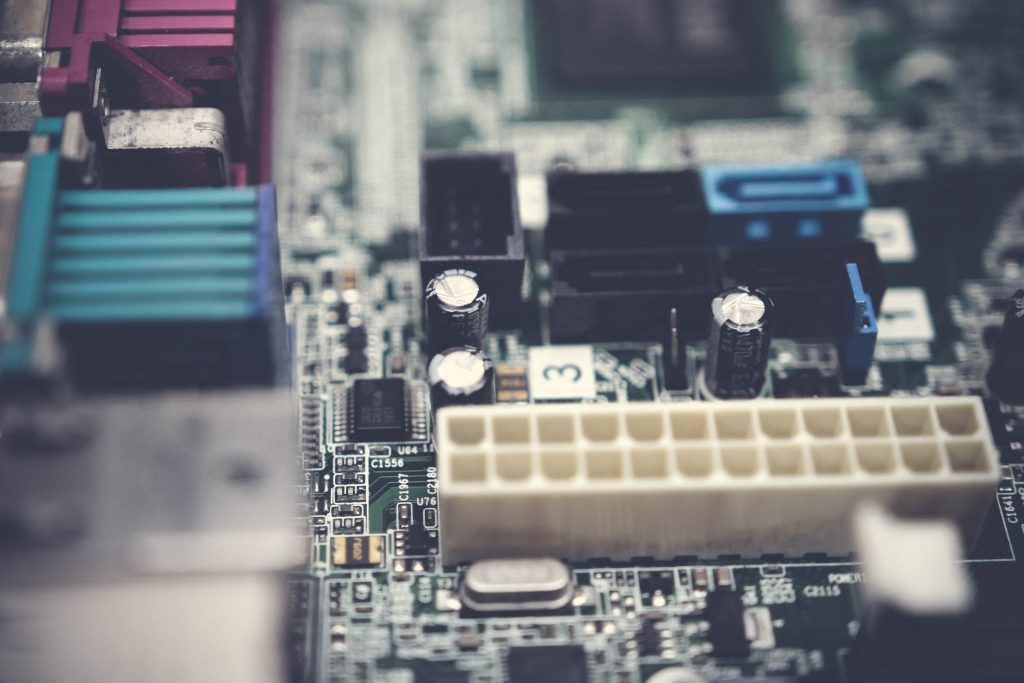
#MAR 2: End‐of‐life and second‐life management and environmental impact of RE components
End‐of‐life (EoL) components (batteries from electric cars, solar panels from large PV plants, etc.) used in renewable energy (RE) production or storage present a new environmental challenge, but also an unprecedented opportunity to create value and pursue new economic avenues. More energy systems will get decommissioned at the end of life, or when out of specification (OoS) for their initial purpose as RE technology is mainstreamed. To contextualize this, the volume of decommissioned solar PV panels will increase as the global solar PV market increases thus large amounts of EoL PV components are anticipated. The International Renewable Energy Agency (IRENA) estimates that there will be a surge in solar panel disposal in the early 2030s, and that by 2050, there will be 60 to 78 million cumulative tons of photovoltaic panel waste globally. The rise of electric vehicles and the increase in adoption of storage systems will also lead to a large amount of EoL/OoS batteries. There will also be a yearly increase in decommissioned wind turbine blades. In some cases, these components may still have enough performances to be used in ‘second life’ applications. At the same time, new energy paradigms are emerging in both Africa and Europe where ‘second life’ components could be an appropriate solution applications, for example the substitution of lead‐acid batteries by second‐life Li‐ion batteries. In this regard, RE EoL/OoS components and their supply chains require research, development, innovation and capacity support. Materials that enable RE should be recycled or reused to prevent a scenario where the envisaged clean energy future becomes anything but clean. In Africa, off‐grid solar products are revolutionizing the quality of life. Current EoL component volumes from this sector are small in proportion to the quantity and environmental impact of the total e‐waste stream. However, due to a rapid sector growth, there is a need to develop the end‐of‐life management of off‐grid solar products without delay. In Africa, and in most developing countries, collection of EoL components is done very effectively by informal collectors who purchase the components from consumers. Informal collectors then re‐sell components to other informal sector players such as local repair shops. Informal sector EoL component streams do not usually incur the costs associated with proper treatment and disposal of hazardous e‐waste due to their use of rudimentary methods. These rudimentary methods however tend to be unsafe and environmentally unfriendly. There is need to regularize this sector, ensuring that the informal collection and re-purposing of EoL RE components becomes part of formal, regulated systems.
Capacity Building Focus
Across all the areas of second life components, and for its successful uptake, further technical and managerial competences and capacities need to be developed.
- At individual level: Researchers need both technical competences and cross-cutting capacities to successfully support additional value creation from RE end-of-life components. These should include market knowledge, business savviness (including business models), and activities should also target the fostering of an entrepreneurial mindset. Researchers should participate in the definition of, and fully integrate in their research performing activities, management schemes for waste from RE components to be adapted to the unique conditions of each country or region. Additionally, they should be capable to design metrics for environmental impact categories.
- At institutional level: Research institutions should promote international standards and rigorous testing protocols. Toachieve this, collaborative capacity building activities involving European and African research institutions are highly recommended. Within this transcontinental perspective, collaboration is also needed for research institutions to provide input to policymakers for them to create the international enabling regulatory framework for sustainable end-of-life management policies for RE components. This will naturally be creating awareness and capacity at the system level.
Output
• Map of the EoL/OoS component value chain, identification of key stakeholders & business models
• Creation of categories of components found in EoL/OoS components and proposed safe methods of handling
• Development of comprehensive models and standard operating procedures for EoL/OoS component management
• Proposal of methods for EoL/OoS component recycling which address local environmental impact through effective management;
• Identification of second life components with a benefit for African countries: lower cost; higher reliability, less environmental impact
• Dissemination of acquired knowledge, among the African and European community to extend support for sustainable EoL/OoS component management
Outcome
• Promotion of environmental and ecological sustainability of renewable energy systems;
• Increase in innovation around the use and reuse of EoL/OoS components before disposal
• Increased awareness among researchers on the importance of accounting for EoL/OoS components in RE research work.
Impact
• Creation of jobs through use and reuse of EoL/OoS components management e.g. creation of jobs through repair of systems and proper collection of EoL/OoS components
• Creation of policy incentives towards RE production, including handling and disposal at EoL/OoS component stage e.g. financial incentives to encourage manufacturing of easily repairable systems
• Reduced materials used for new products and thus cost and environmental impact reduction.
